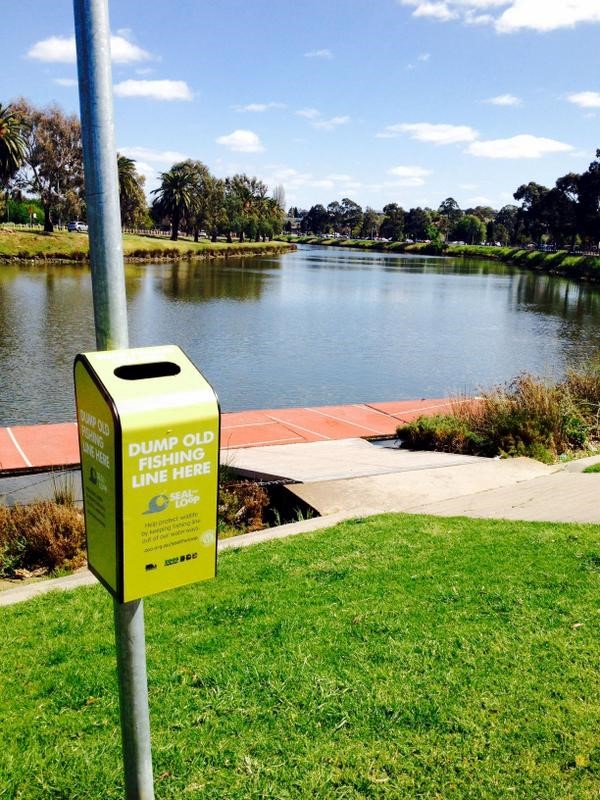Marine Litter

Plastic pollution has become a serious global environmental concern with the United Nations estimating there will be more plastic in our oceans than fish by 2050 (UN News, 2017). In particular, it is the single-use plastic items (straws, plastic bottles and plastic bags) that remain as persistent materials in our marine environment, overtime breaking down into macro plastics (>5mm) and then microplastics (<5mm) and finding their way into the food chain causing injury and even death in marine life such as seals, penguins, birds, turtles and fish through ingestion.
The common types of microplastics are fragments, fibers, foam, nurdies and microbeads all of which come from man-made products such as clothing items, food containers, coffee cups and cosmetic products such as facial scrubs, body wash and toothpaste. Due to their size, microbeads are one of the most difficult type of plastics to locate and remove from the ecosystem and care must be taken when purchasing products.
Discarded fishing gear such as fishing lines, rope, hooks, nets and packaging contributes to the marine debris found in our oceans and entanglement of sea life. These products are incredibly slow to break down, some taking more than 500 years before beginning the decomposition process. As a community, we can make a difference in the way use and discard of plastics and recreational fishing gear.
What can we do?
Use Seal the Loop fishing line bins located around Victorian waterways.
Unwrap any new fishing gear before going out fishing.
Cut unwanted fishing line into smaller pieces before putting it into the bin, or pocket it.
Always use reusable drink bottles, coffee cups and shopping bags.
Consider using RedCycle for soft plastics such as bread, pasta and confectionary bags.
Take rubbish home with you or use an allocated bin.
Participate in “Clean up Australia” events.
Get your school involved in our Curriculum aligned Litter Warriors workbook!
Feature Image from https://twitter.com/ZoosVictoria/status/522269595432796160


